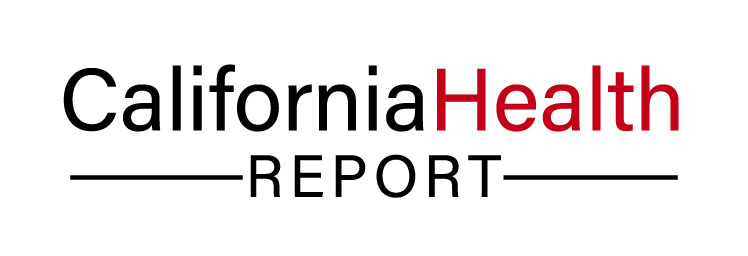
About 70,000 adolescents and young adults between the ages of 15 and 39 are diagnosed with cancer each year. While the disease can be a physical and emotional blow to anyone at any age, a recent study determined that younger patients have a vast set of unmet social and psychological needs.
Researchers at the University of Michigan Comprehensive Cancer Center surveyed 215 newly diagnosed cancer patients between the ages of 14 and 39. They assessed whether the patients’ took advantage of (or wanted) resources such as information, emotional support services and practical support services such as transportation or child care.
According to Dr. Bradley Zebrack, associate professor of social work at the University of Michigan, this report followed up on the findings of a 2006 report from the National Cancer Institute.
The 2006 report indicated that while things like mammography, early detection and new technologies were leading to the early diagnosis and improved chances for long-term survival among children and older adults, the situation for cancer patients between 15-39 years of age wasn’t improving.
“That data is really what kicked off the questions about what’s up,” Zebrack said.
What Zebrack and his colleagues learned in this study is that patients in their 20s were less likely to report using mental health services than teens or patients in their 30s. The 20-29 set was also more likely to report a lack of information on cancer, infertility and diet and nutrition.
How strongly this particular group differed from the other age groups was surprising to Dr. Ashley Wilder Smith, a behavioral scientist of the Outcomes Research branch of the National Cancer Institute. “Is it just that we really need to be focusing in on these folks and what the reasons are, or are they not speaking up? Are they not talking about their needs?” she said.
Both Zebrack and Smith pointed out that 15-39-year-olds have a different set of needs than other age groups. The typical cancer patient, Smith said, is more than 55 years old. Younger adults are doing things like getting educations, starting careers, or having families.
He gave the example of a 22-year-old patient who may be considering a long-term relationship. “How do you tell that other person that, ‘I just found out I have cancer,’ or ‘I had cancer,’ or ‘I may not be able to have children?’ How will that affect the relationship?” he said.
“When we move beyond the medical treatment and talk about the other stuff that’s naturally occurring in the lives of young people, and then you throw cancer on top of that,” Zebrack said, “that 22-year-old is looking for guidance somewhere.”
The study also determined that young adults who were treated in adult settings (as opposed to in pediatric facilities) were more likely to report an unmet need for support services such as age-appropriate Internet sites, retreat programs, alternative health services, or mental health services.
Zebrack put it this way: a 21-year-old patient may go to an adult doctor, but that doctor usually sees patients in the 50-70 year old range. The lack of research on the needs of the adolescent and young adult population can make it hard for medical professionals to identify and establish age-appropriate services to meet their psychosocial needs, he said.
Smith said this finding alludes to a point that has been the subject of much debate: where a patient receives care is an important factor in terms of patient outcomes. She said that there is an unconfirmed hypothesis that those treated in a pediatric facility may have better or more aggressive care in terms of primary care.
She suggested one reason for the increased use of psychosocial services in a pediatric setting, there are child life specialists who focus on the broader needs of the patient and the patient’s family. Child life specialists provide things like pain management, coping strategies, or guidance to the patient’s family.
Smith suggests that a similar health care professional in an adult hospital – someone focused on the practical, logistical, or emotional quality-of-life choices the patient has available to them – would go a long way in caring for the psychological and social needs of teens and young adults.
One particular concern that is often left unaddressed is a patient’s fertility, she said, as cancer and its treatment can sometimes affect a person’s ability to have children.
“That needs to be handled right away because once they’re enrolled in treatment it’s too late,” she said.
To meet some of these needs, some young adult patients are starting organizations of their own. Organizations like Stupid Cancer or The Planet Cancer are organizations started by young people looking for ways to connect with other patients in a way that is appealing to this age group.
“This particular study is raising the awareness that young people have a lot of struggles in life that get compounded by having cancer,” Zebrack said, but added that the medical community has a long way ahead of them in terms of research and creating the right systems of care for teens and young adults.
Smith agrees. “This is a unique population with unique needs,” she said. “We can’t assume that the system is just going to absorb them and that they’re just going to do okay.”
“We actually really need to meet with, and specifically address, some of the issues that are arising for this group,” she said.





